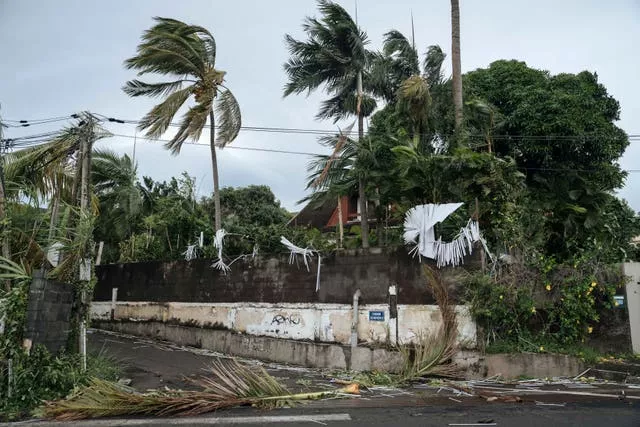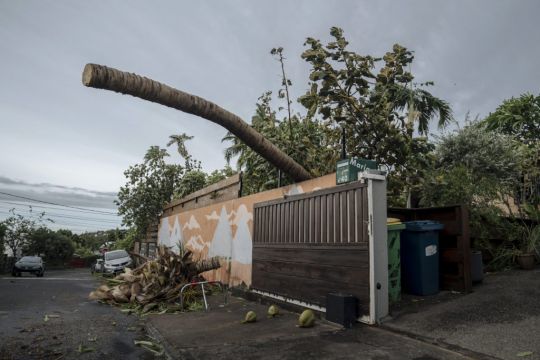A tropical cyclone caused heavy flooding and at least one death in Mauritius on Monday, as cars were washed away by surges of water in the Indian Ocean island’s capital city and elsewhere.
A motorcyclist died in an accident caused by the flooding, the government said, as it imposed a curfew.
It issued an order that everyone except emergency and health workers, members of the security services and those requiring medical treatment must return home and remain there.
Some people were also being evacuated as the floodwaters caused by tropical cyclone Belal threatened houses and other buildings.

Schools were closed and hospitals were told to only keep their emergency departments open.
The main airport was closed and flights into and out of the island nation of 1.2 million people were cancelled until further notice.
The Mauritius newspaper L’Express published videos of cars floating down streets that looked more like raging rivers in the capital, Port Louis, and other parts of the island.
Some people climbed on to the roof of their car and clung on, according to the images published by L’Express.
Motorists who had escaped from cars were seen being pulled from the floodwaters and to safety by others.
Vehicles were left piled up, some of them overturned, after some of the floodwaters receded.

The water also entered buildings and flooded homes and the lobbies of offices. The Central Bank of Mauritius building was reportedly flooded.
Belal had earlier battered the nearby French island of Reunion, where the intense rains and powerful winds left about a quarter of households without electricity, according to the prefecture of Reunion.
Many people in Reunion had also lost internet and phone services, and water connections to tens of thousands of homes were cut.
Authorities said a homeless person was found dead in Saint-Gilles on the island’s west coast.
Reunion had declared the highest storm alert level on Sunday as Belal approached.
The alert was lifted after the worst of the storm passed and charged toward Mauritius, about 135 miles to the northeast.
Mauritius’ national meteorological department said the eye of the storm was expected to pass about 55 miles south of the island at its closest point early on Tuesday, warning that the worst might still be ahead.
The island would feel the effects of the cyclone “for hours”, the Mauritius Meteorological Services said.







